Home>Gardening & Outdoor>Outdoor Recreation & Activities>How Do You Backwash A Swimming Pool
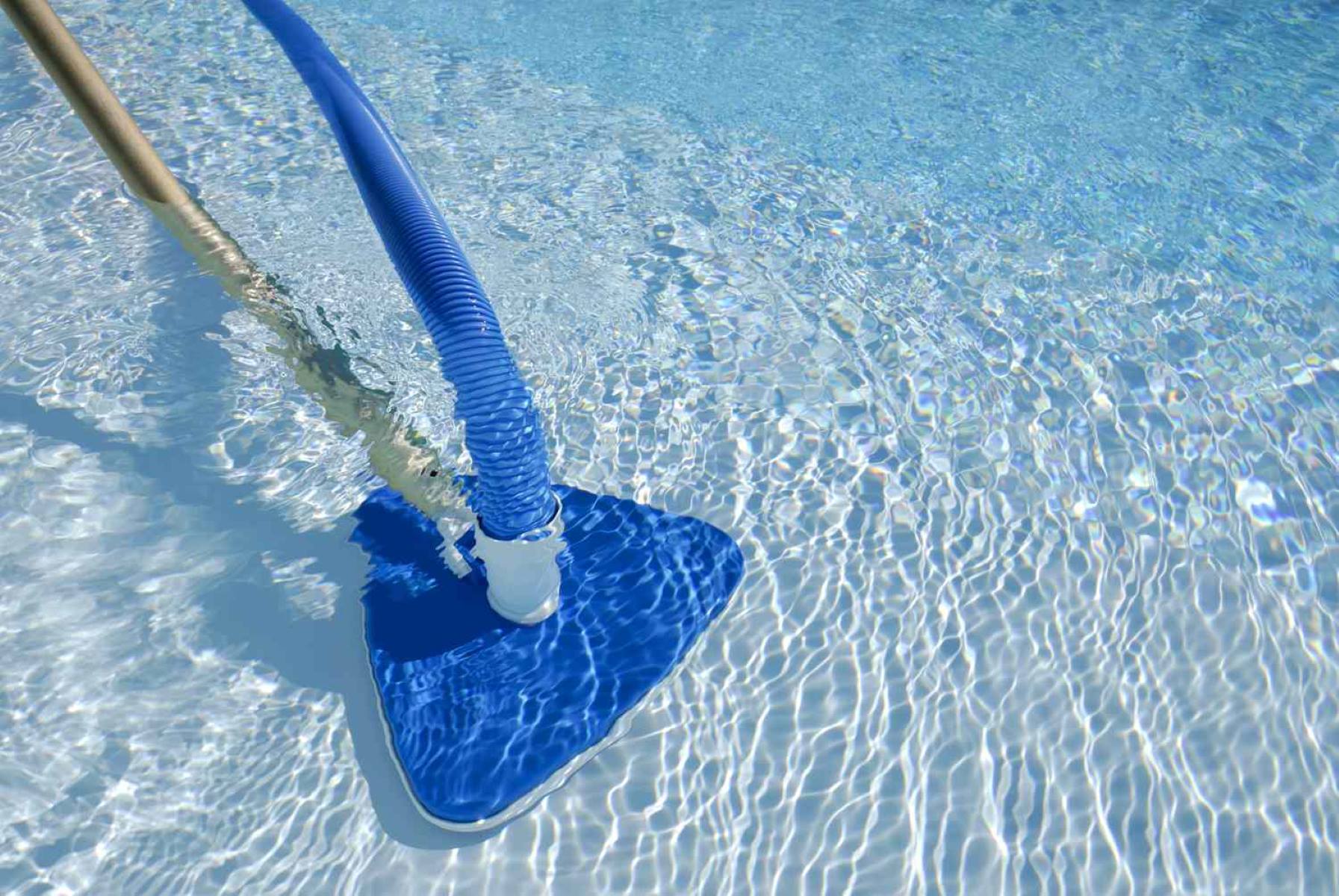

Outdoor Recreation & Activities
How Do You Backwash A Swimming Pool
Modified: February 18, 2024
Learn the proper technique for backwashing your swimming pool to keep it clean and safe for outdoor recreation and activities. Follow these steps for effective pool maintenance.
(Many of the links in this article redirect to a specific reviewed product. Your purchase of these products through affiliate links helps to generate commission for Storables.com, at no extra cost. Learn more)
Introduction
Maintaining a clean and healthy swimming pool is essential for an enjoyable and safe aquatic experience. One crucial aspect of pool maintenance is the backwashing process, which plays a pivotal role in keeping the pool water crystal clear and free from contaminants. Whether you are a seasoned pool owner or a novice enthusiast, understanding the backwash procedure is fundamental to preserving the pristine condition of your pool.
Backwashing is a fundamental aspect of pool maintenance, serving as a key component in the filtration system's functionality. This process involves reversing the flow of water through the pool's filter, effectively dislodging and expelling accumulated debris, dirt, and other impurities that have been captured during the filtration process. By expelling these contaminants, the pool's filter can continue to operate efficiently, ensuring that the water remains clean and safe for swimming.
As a pool owner, familiarizing yourself with the backwashing process empowers you to take proactive measures in upholding the water quality and overall condition of your pool. By gaining insights into the intricacies of backwashing, you can effectively contribute to the longevity of your pool's equipment and the preservation of a pristine swimming environment for yourself, your family, and your guests.
In the subsequent sections, we will delve into the nuances of the backwash process, providing a comprehensive guide on the steps to backwash a swimming pool, common mistakes to avoid, and the recommended frequency of backwashing. By the end of this article, you will be equipped with the knowledge and confidence to execute the backwashing procedure with precision, ensuring that your swimming pool remains a source of relaxation, recreation, and rejuvenation for years to come.
Key Takeaways:
- Keep your swimming pool clean and safe by backwashing regularly. It removes debris and contaminants, ensuring crystal clear water for a refreshing swim.
- Avoid common backwashing mistakes like inadequate duration and neglecting the rinse cycle. Proper backwashing maintains filtration efficiency and a hygienic swimming environment.
Read more: How Do You Winterize A Swimming Pool
Understanding the Backwash Process
The backwash process is a critical aspect of maintaining a clean and healthy swimming pool. It is an essential step in the filtration system that ensures the removal of accumulated debris and contaminants from the pool water. Understanding the intricacies of the backwash process is fundamental for pool owners, as it directly impacts the effectiveness of the filtration system and the overall water quality.
When the pool's filtration system operates, it captures various impurities such as dirt, leaves, insects, and other debris from the water. Over time, these contaminants accumulate within the filter, hindering its ability to effectively trap additional particles. This accumulation results in decreased filtration efficiency and compromised water quality. The backwash process serves as the solution to this issue by reversing the flow of water through the filter, dislodging and expelling the trapped debris and contaminants.
During backwashing, the water flow is reversed, directing it through the filter in the opposite direction. This reversal causes the accumulated debris to be lifted from the filter media and flushed out through the waste line. As a result, the filter is effectively cleansed, restoring its capacity to capture impurities and ensuring the continued clarity and cleanliness of the pool water.
It is important to note that the backwash process varies depending on the type of filter system installed in the swimming pool. For example, sand filters, cartridge filters, and diatomaceous earth (DE) filters each require specific backwashing procedures tailored to their respective mechanisms. Understanding the nuances of backwashing for a particular filter type is crucial for executing the process accurately and maximizing its effectiveness.
By comprehending the backwash process, pool owners can actively contribute to the maintenance of their pool's filtration system and water quality. Regular backwashing not only preserves the efficiency of the filter but also promotes a hygienic and inviting swimming environment. With a clear understanding of the backwash process, pool owners are better equipped to uphold the integrity of their pool's filtration system and ensure a consistently enjoyable and safe swimming experience for all.
Steps to Backwash a Swimming Pool
-
Turn Off the Pool Pump: Before initiating the backwash process, ensure that the pool pump is turned off to prevent any water circulation during the procedure. This step is crucial for the effective reversal of water flow through the filter.
-
Locate the Multiport Valve: Identify the multiport valve, which is typically situated near the pool pump. The valve features different settings such as "Filter," "Backwash," "Rinse," "Waste," and "Closed." For the backwash process, the valve needs to be set to the "Backwash" position.
-
Connect a Backwash Hose: Attach a backwash hose to the designated outlet on the multiport valve. The other end of the hose should be directed to an appropriate drainage area, such as a sewer clean-out or a designated area in the yard.
-
Start the Backwash Process: With the backwash hose securely connected, turn on the pool pump to initiate the backwash process. As the pump operates, water will flow in reverse through the filter, dislodging and expelling accumulated debris and contaminants.
-
Monitor the Sight Glass or Pressure Gauge: While the backwash process is underway, monitor the sight glass or pressure gauge on the pool's filtration system. These indicators provide visual or numerical feedback on the clarity and pressure of the expelled water, signaling when the backwash process is effectively removing debris.
-
Rinse the Filter (Optional): After the backwash cycle is completed, some pool filtration systems feature a "Rinse" setting on the multiport valve. Engaging the rinse setting for a brief duration helps to settle the filter media and flush out any remaining debris, enhancing the overall effectiveness of the backwash process.
-
Return to the Filter Setting: Once the backwash and optional rinse processes are completed, return the multiport valve to the "Filter" setting. This readies the filtration system to resume its standard operation, ensuring the continued clarity and cleanliness of the pool water.
By following these steps, pool owners can effectively execute the backwash process, contributing to the optimal functionality of the filtration system and the preservation of pristine pool water. Regular backwashing is essential for maintaining a healthy swimming environment and prolonging the longevity of the pool's equipment.
Common Mistakes to Avoid
Avoiding common mistakes during the backwash process is crucial for maintaining the efficiency of the pool's filtration system and ensuring the longevity of its components. By steering clear of these pitfalls, pool owners can uphold the water quality and preserve a clean and inviting swimming environment. Here are some common mistakes to avoid when backwashing a swimming pool:
1. Inadequate Backwash Duration
One prevalent mistake is not allowing an adequate duration for the backwash process. Insufficient backwashing time can result in incomplete removal of debris from the filter, leading to reduced filtration efficiency. It is essential to follow the manufacturer's guidelines regarding the recommended duration for backwashing, ensuring thorough cleansing of the filter media.
Read more: How Do You Fill In A Swimming Pool
2. Neglecting Rinse Cycle
Failing to engage the rinse cycle after backwashing is another common oversight. The rinse cycle serves to settle the filter media and flush out any remaining debris dislodged during backwashing. Neglecting this step can compromise the effectiveness of the backwash process, potentially allowing dislodged debris to re-enter the pool water.
3. Incorrect Multiport Valve Positioning
Mispositioning the multiport valve during the backwash process can lead to operational issues and potential damage to the filtration system. It is crucial to ensure that the valve is accurately set to the "Backwash" position, as specified by the manufacturer. Incorrect valve positioning can impede the reversal of water flow through the filter, hindering the removal of trapped debris.
4. Neglecting Filter Maintenance
Failing to conduct regular maintenance on the pool's filter can undermine the efficacy of the backwash process. Accumulated debris and contaminants within the filter can impede its performance, rendering the backwash process less effective. Regular filter cleaning and maintenance are essential for optimizing the backwash procedure and sustaining the filtration system's functionality.
5. Overlooking Pressure Gauge Readings
Disregarding the pressure gauge readings during backwashing can lead to oversight of potential issues within the filtration system. Monitoring the pressure gauge provides insights into the condition of the filter and the effectiveness of the backwash process. Anomalies in pressure readings may indicate underlying problems that require attention to maintain optimal filtration performance.
By avoiding these common mistakes, pool owners can enhance the efficacy of the backwash process, contribute to the longevity of the filtration system, and uphold the cleanliness and clarity of the pool water. Proactive adherence to best practices in backwashing ensures a consistently enjoyable and hygienic swimming environment for all.
Read more: How Do You Vacuum A Swimming Pool
Frequency of Backwashing
The frequency of backwashing a swimming pool is a crucial consideration for maintaining optimal filtration efficiency and water quality. Determining the appropriate interval for backwashing is essential for preserving the cleanliness and clarity of the pool water while promoting the longevity of the filtration system. The frequency of backwashing is influenced by various factors, including the pool's usage, environmental conditions, and the type of filter installed. By understanding these factors and adhering to recommended guidelines, pool owners can establish a proactive backwashing schedule that supports a pristine swimming environment.
Factors Influencing Backwashing Frequency
Pool Usage
The frequency of pool usage directly impacts the accumulation of debris and contaminants in the water. High usage, especially during peak seasons or gatherings, can lead to a more rapid buildup of impurities in the pool. Consequently, frequent backwashing may be necessary to maintain optimal filtration performance and water quality under these circumstances.
Environmental Conditions
Environmental factors such as wind, foliage, and nearby construction can contribute to the introduction of debris and particles into the pool water. Pools located in areas prone to high winds or surrounded by trees may experience an increased influx of organic matter, necessitating more frequent backwashing to counteract the heightened debris accumulation.
Filter Type
Different types of filters, including sand, cartridge, and diatomaceous earth (DE) filters, exhibit varying capacities for trapping debris. The type of filter installed in the pool directly influences the frequency of backwashing required to sustain its effectiveness. Understanding the specific maintenance needs of the filter type is essential for establishing an appropriate backwashing schedule.
Recommended Backwashing Schedule
While the ideal backwashing frequency varies based on the aforementioned factors, a general guideline for residential pools is to conduct backwashing approximately once every one to two weeks. This interval provides a balance between maintaining filtration efficiency and conserving water, as excessive backwashing can lead to unnecessary water wastage.
However, it is important to note that the recommended frequency may need adjustment based on the specific conditions and usage patterns of individual pools. Regular monitoring of the pool water's clarity and the pressure gauge readings can offer valuable insights into the necessity of backwashing. Additionally, adhering to the manufacturer's guidelines for the filter system and seeking guidance from professional pool maintenance services can aid in determining the optimal backwashing frequency tailored to the unique requirements of the pool.
By considering the pool's usage, environmental influences, and filter type, pool owners can establish a tailored backwashing schedule that aligns with the maintenance needs of their pool. Proactive adherence to the recommended backwashing frequency contributes to sustained filtration efficiency, prolonged equipment lifespan, and a consistently inviting swimming environment for all to enjoy.
Conclusion
In conclusion, mastering the backwash process is a fundamental aspect of responsible pool ownership, essential for maintaining a clean, healthy, and inviting swimming environment. By comprehending the intricacies of backwashing and adhering to best practices, pool owners can actively contribute to the optimal functionality of the filtration system and the preservation of pristine pool water.
The backwash process serves as a pivotal mechanism for expelling accumulated debris and contaminants from the pool's filter, ensuring sustained filtration efficiency and water clarity. By following the recommended steps to backwash a swimming pool, including turning off the pool pump, setting the multiport valve to "Backwash," and monitoring the process, pool owners can execute the procedure with precision, promoting the longevity of the pool's equipment and the quality of the swimming experience.
Moreover, avoiding common mistakes such as inadequate backwash duration, neglecting the rinse cycle, and mispositioning the multiport valve is crucial for upholding the effectiveness of the backwash process. By steering clear of these pitfalls, pool owners can optimize the filtration system's performance and maintain a consistently hygienic and inviting swimming environment.
Understanding the factors influencing the frequency of backwashing, including pool usage, environmental conditions, and filter type, empowers pool owners to establish a proactive backwashing schedule tailored to their pool's unique requirements. By adhering to the recommended guidelines and seeking professional guidance when necessary, pool owners can sustain optimal filtration efficiency while conserving water resources.
In essence, the backwash process is not merely a maintenance task; it is a proactive measure that contributes to the longevity of the pool's equipment, the preservation of water quality, and the creation of a safe and enjoyable swimming environment for all. By embracing the knowledge and best practices outlined in this guide, pool owners can confidently uphold the integrity of their pool's filtration system, ensuring that their aquatic oasis remains a source of relaxation, recreation, and rejuvenation for years to come.
Frequently Asked Questions about How Do You Backwash A Swimming Pool
Was this page helpful?
At Storables.com, we guarantee accurate and reliable information. Our content, validated by Expert Board Contributors, is crafted following stringent Editorial Policies. We're committed to providing you with well-researched, expert-backed insights for all your informational needs.


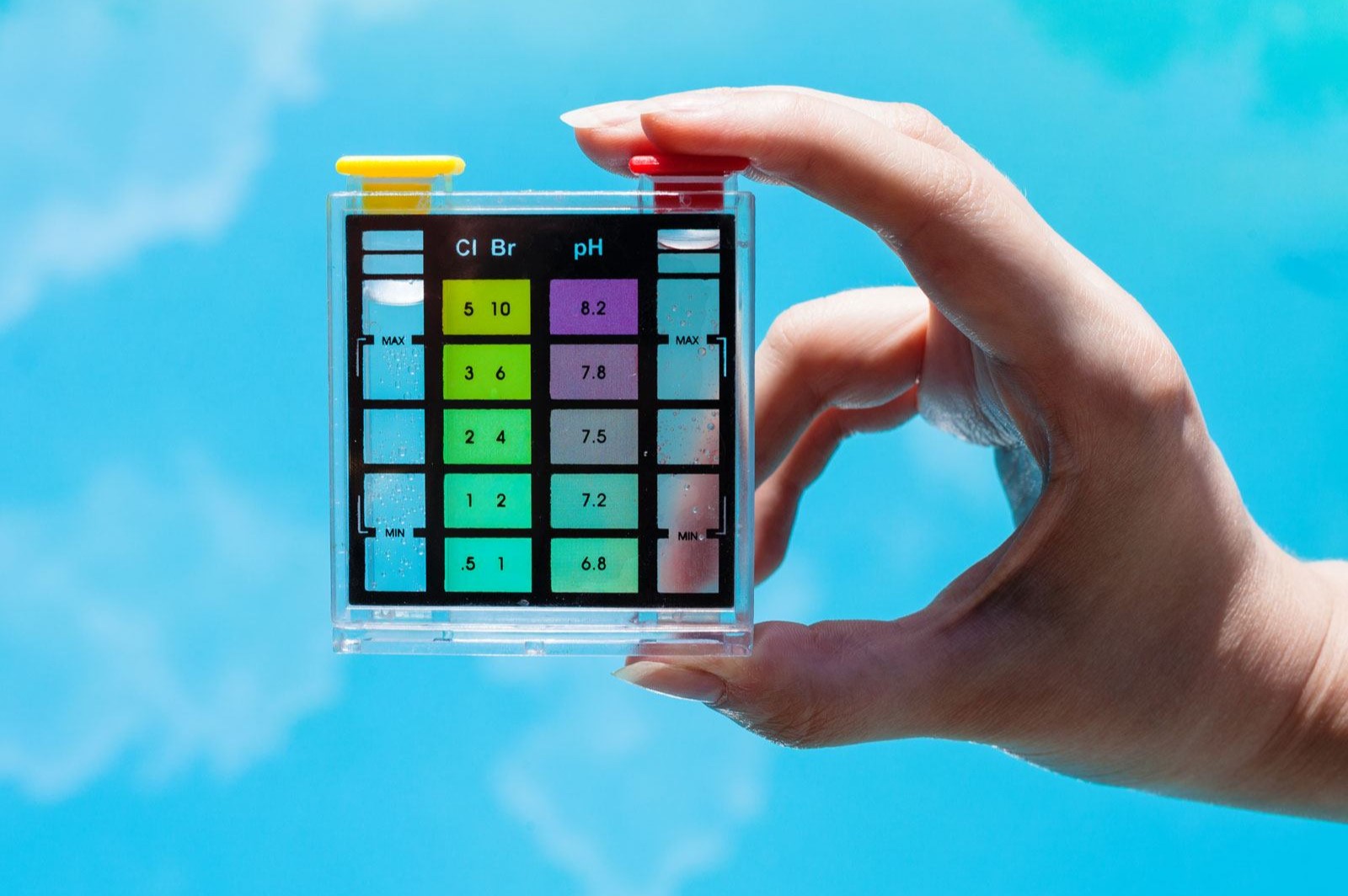
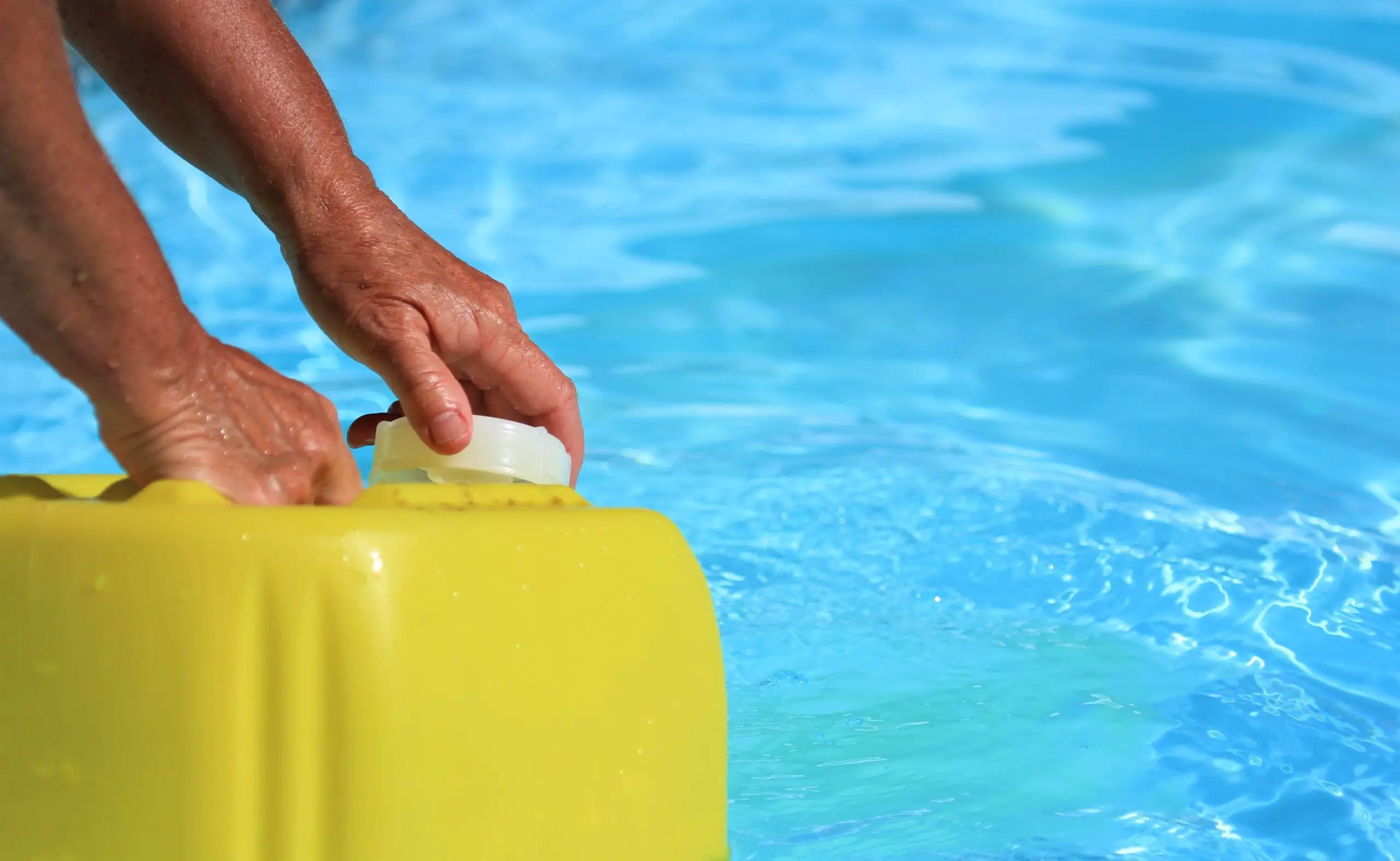
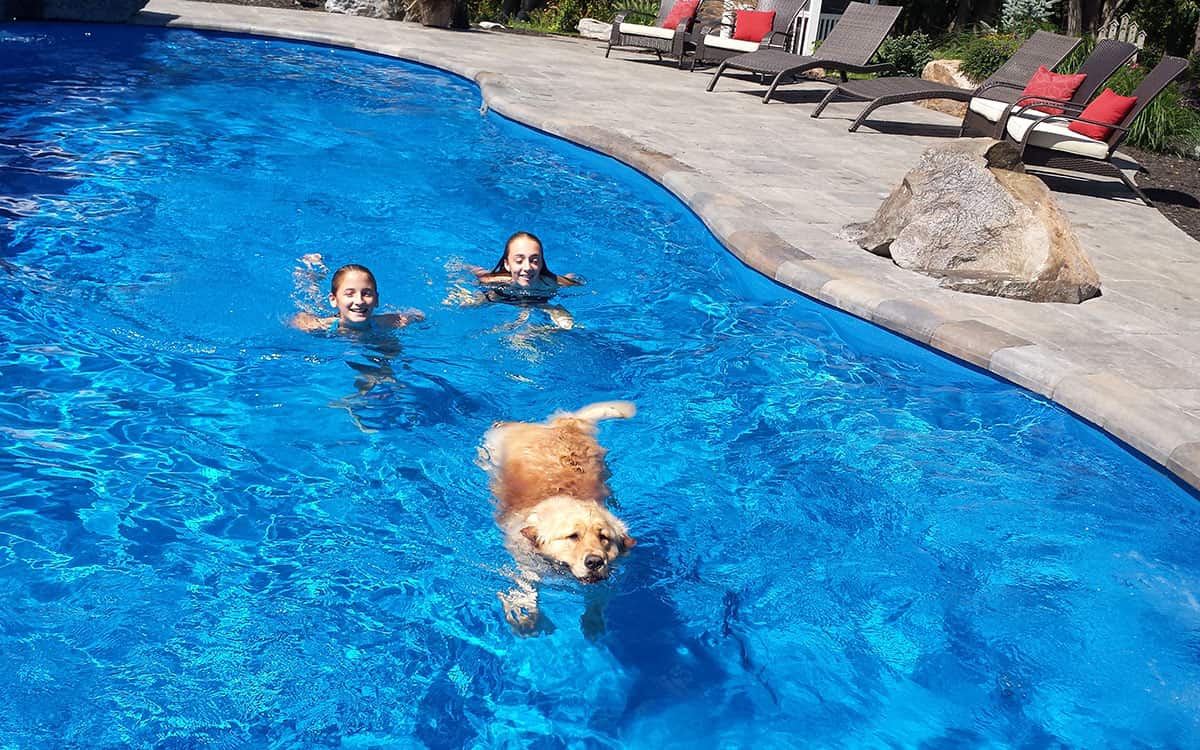
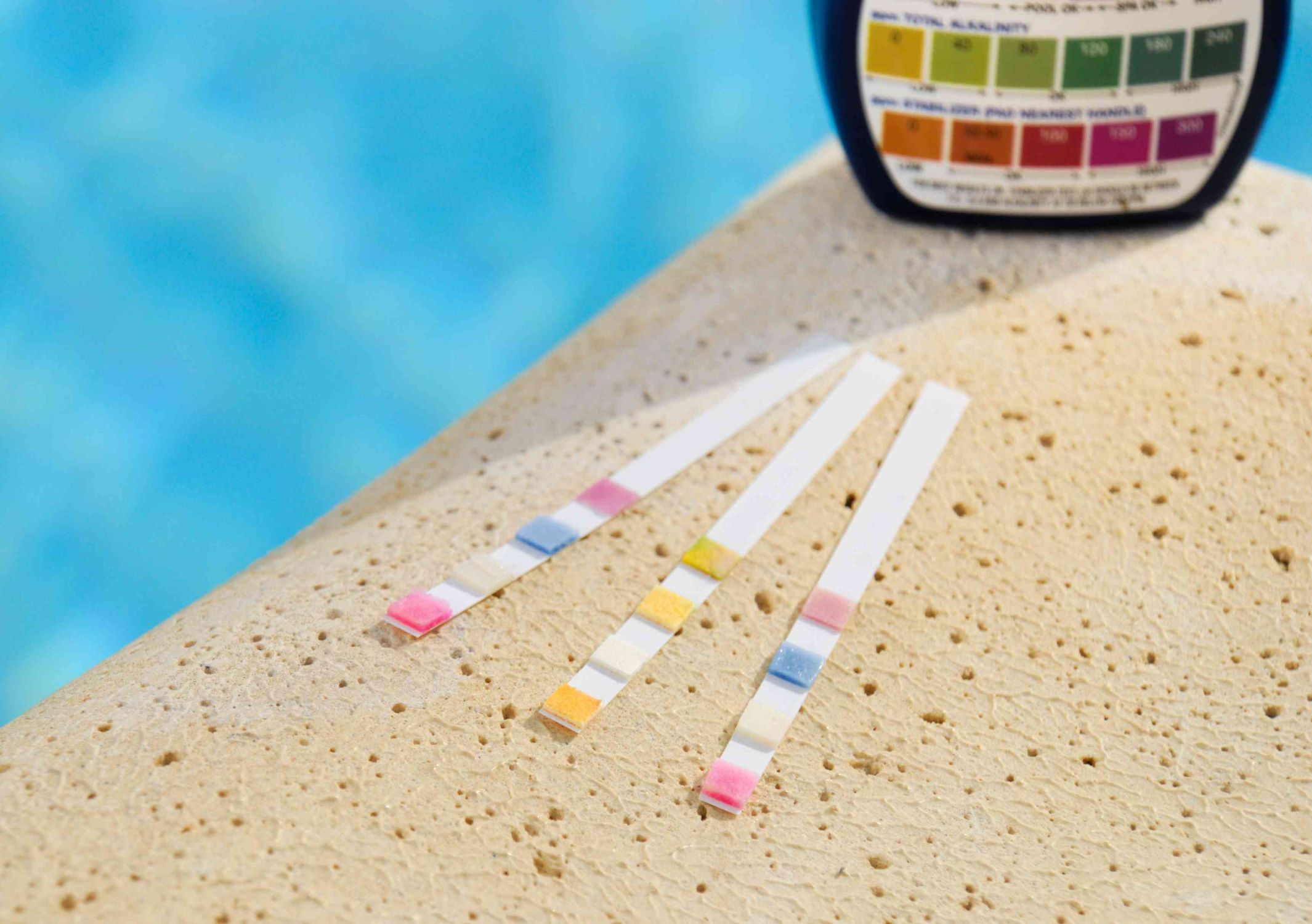
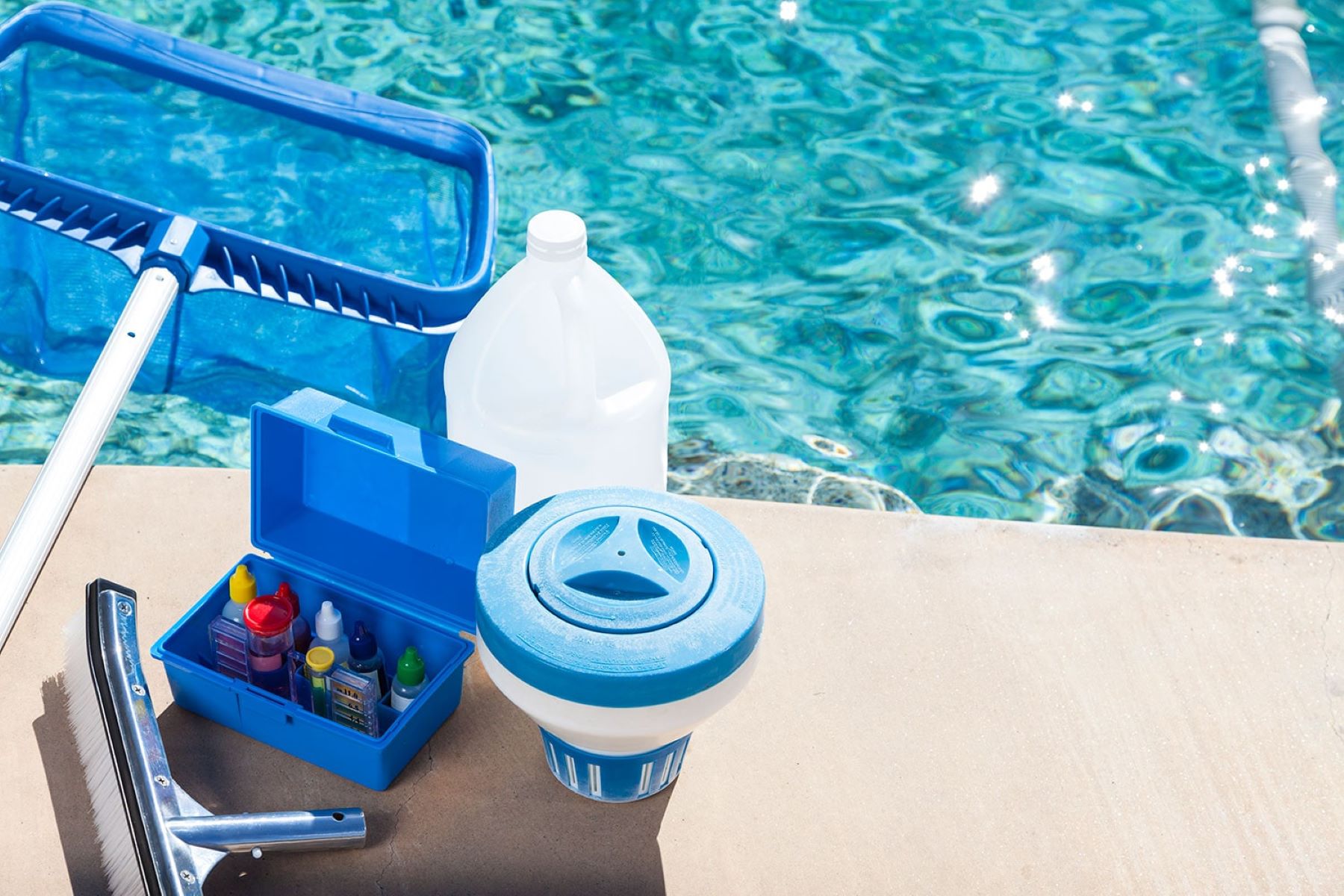
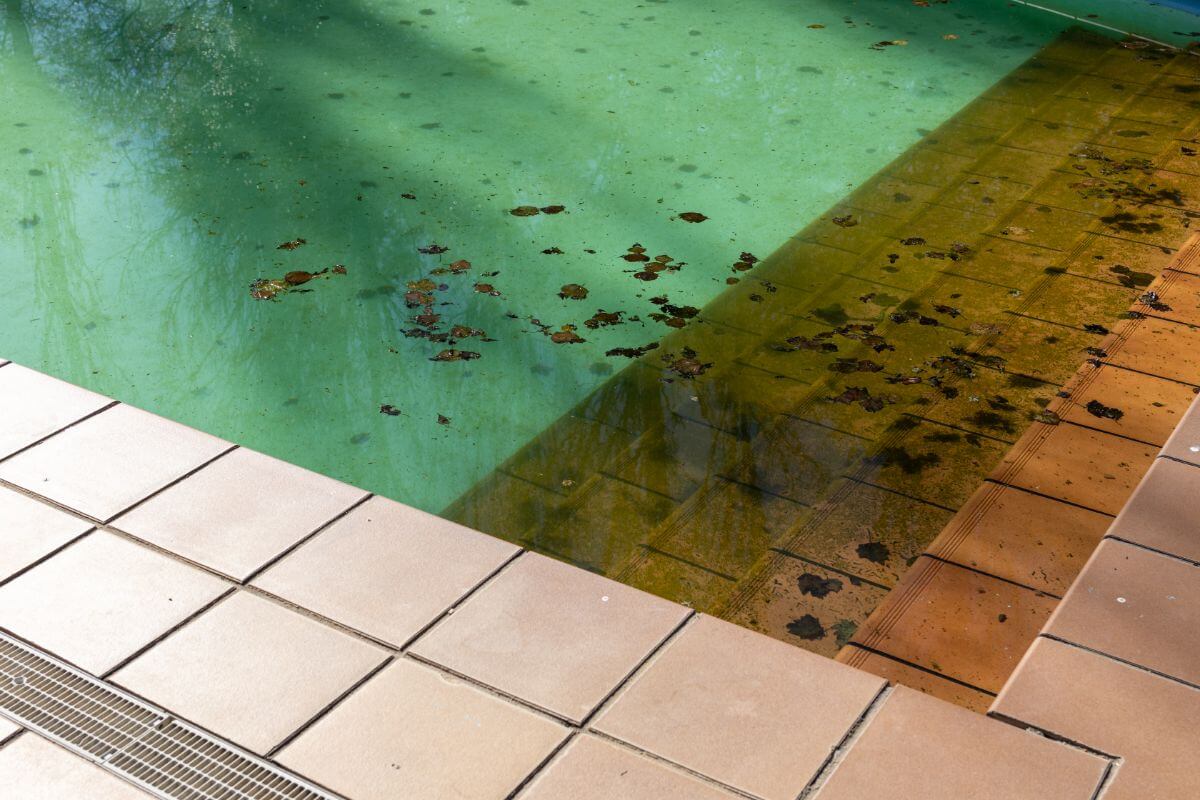


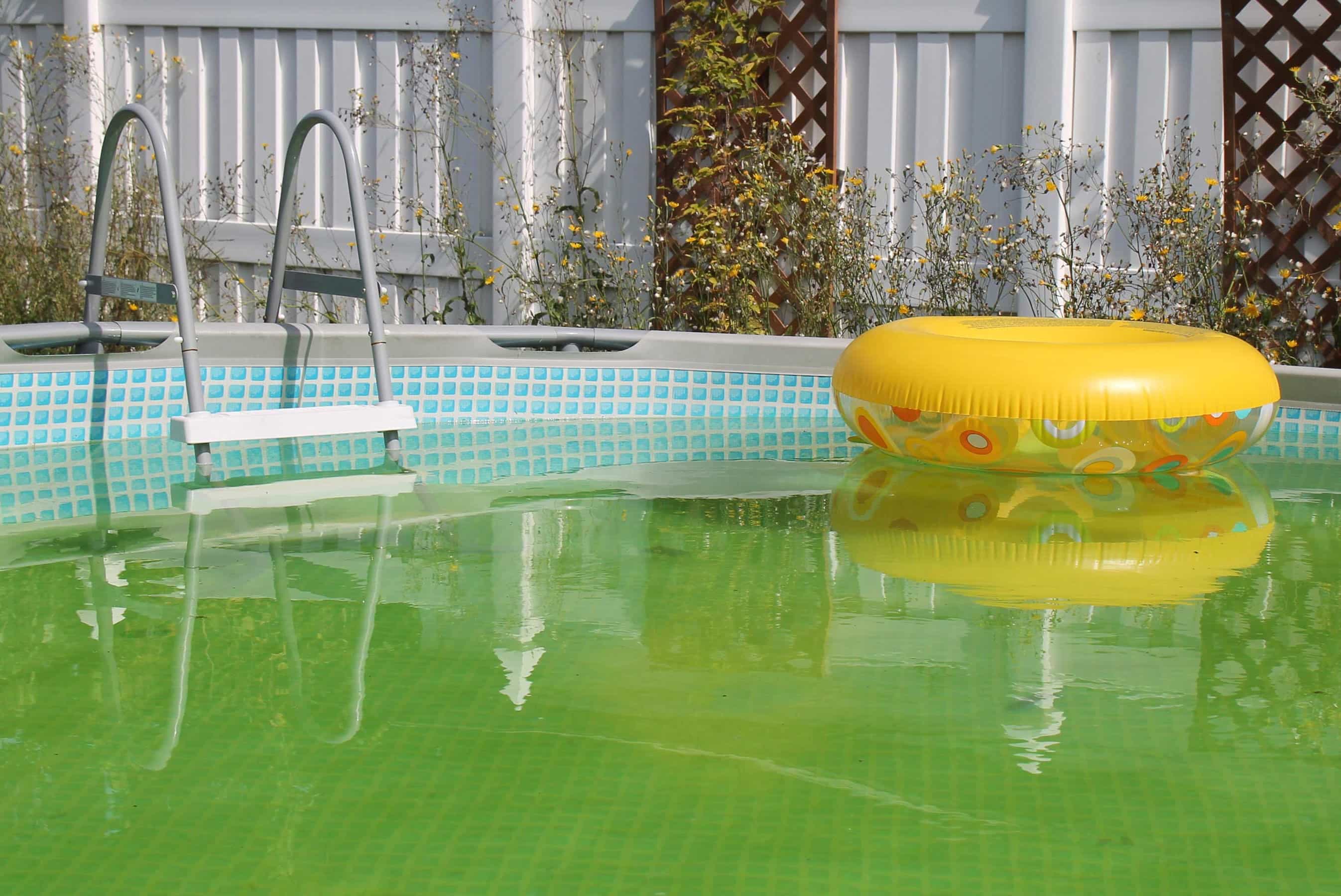
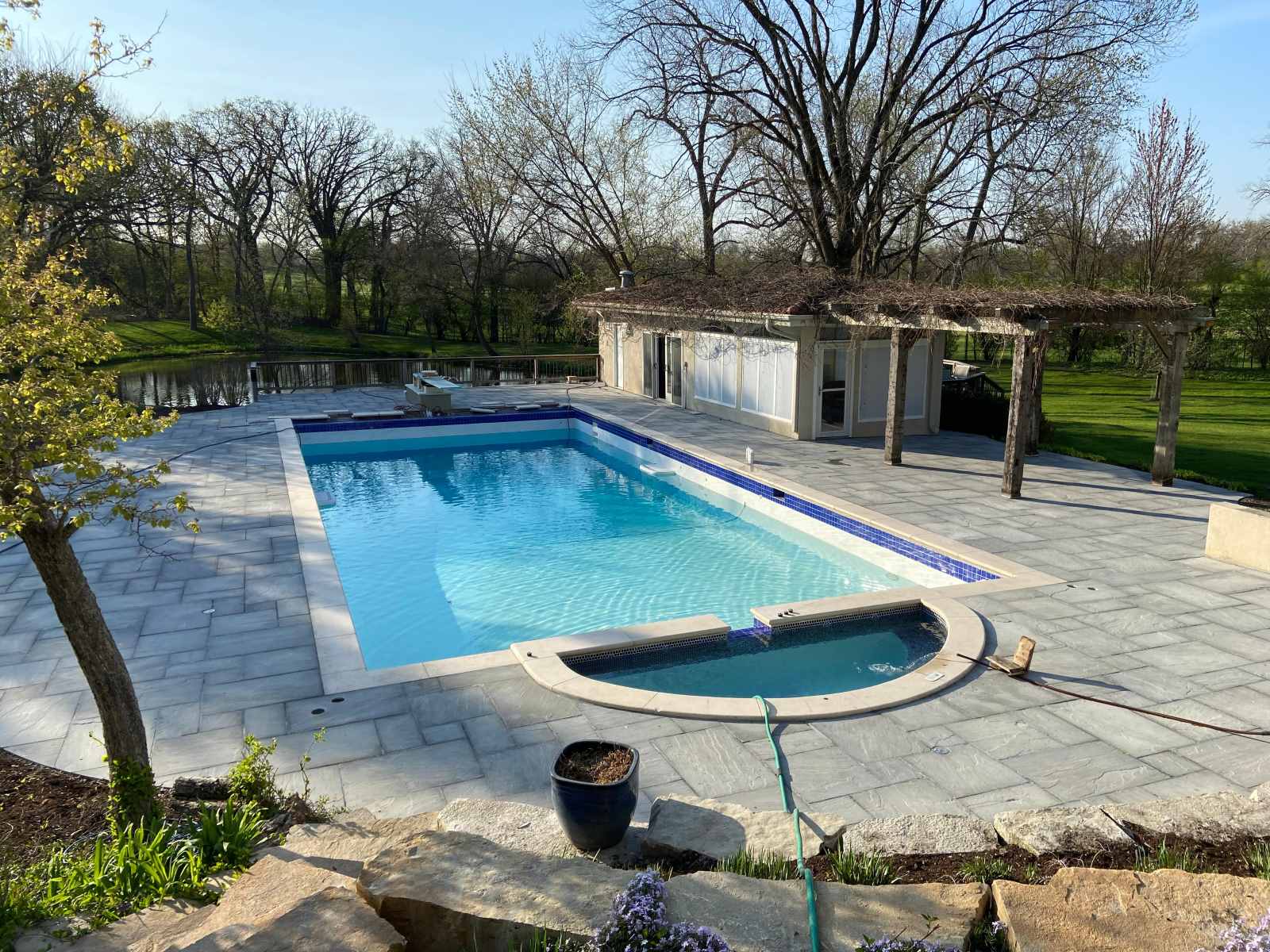


0 thoughts on “How Do You Backwash A Swimming Pool”